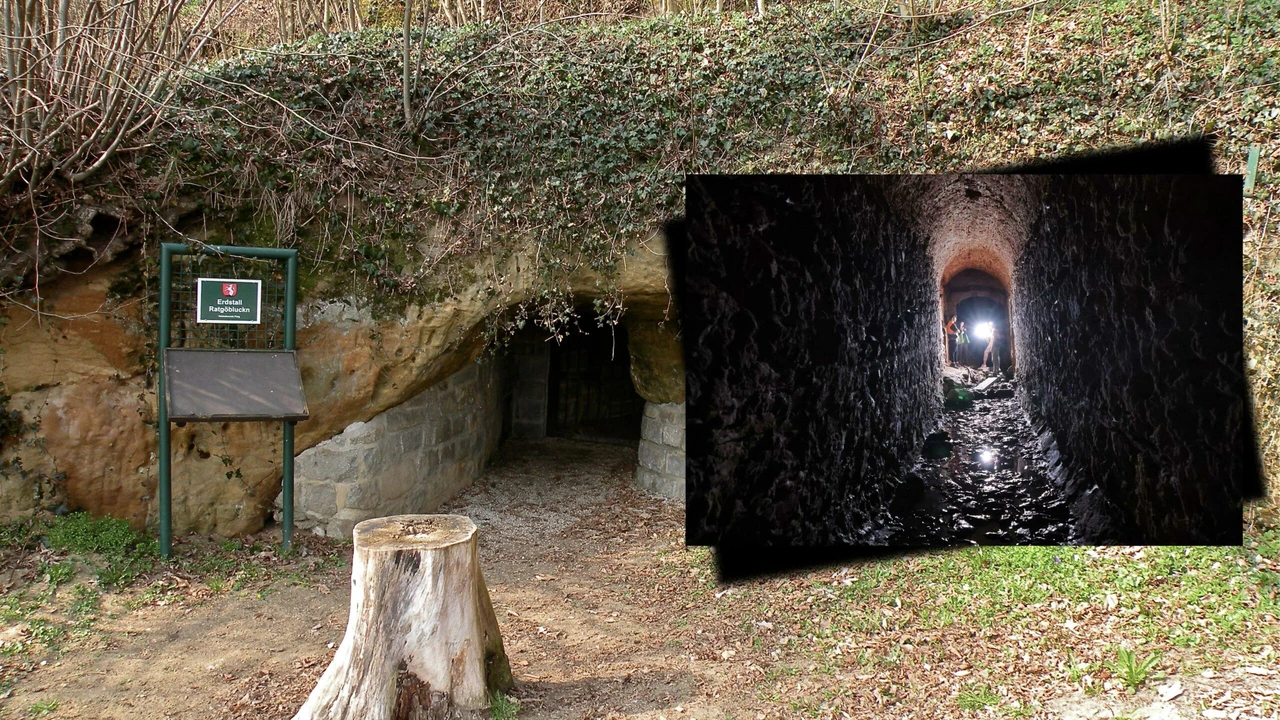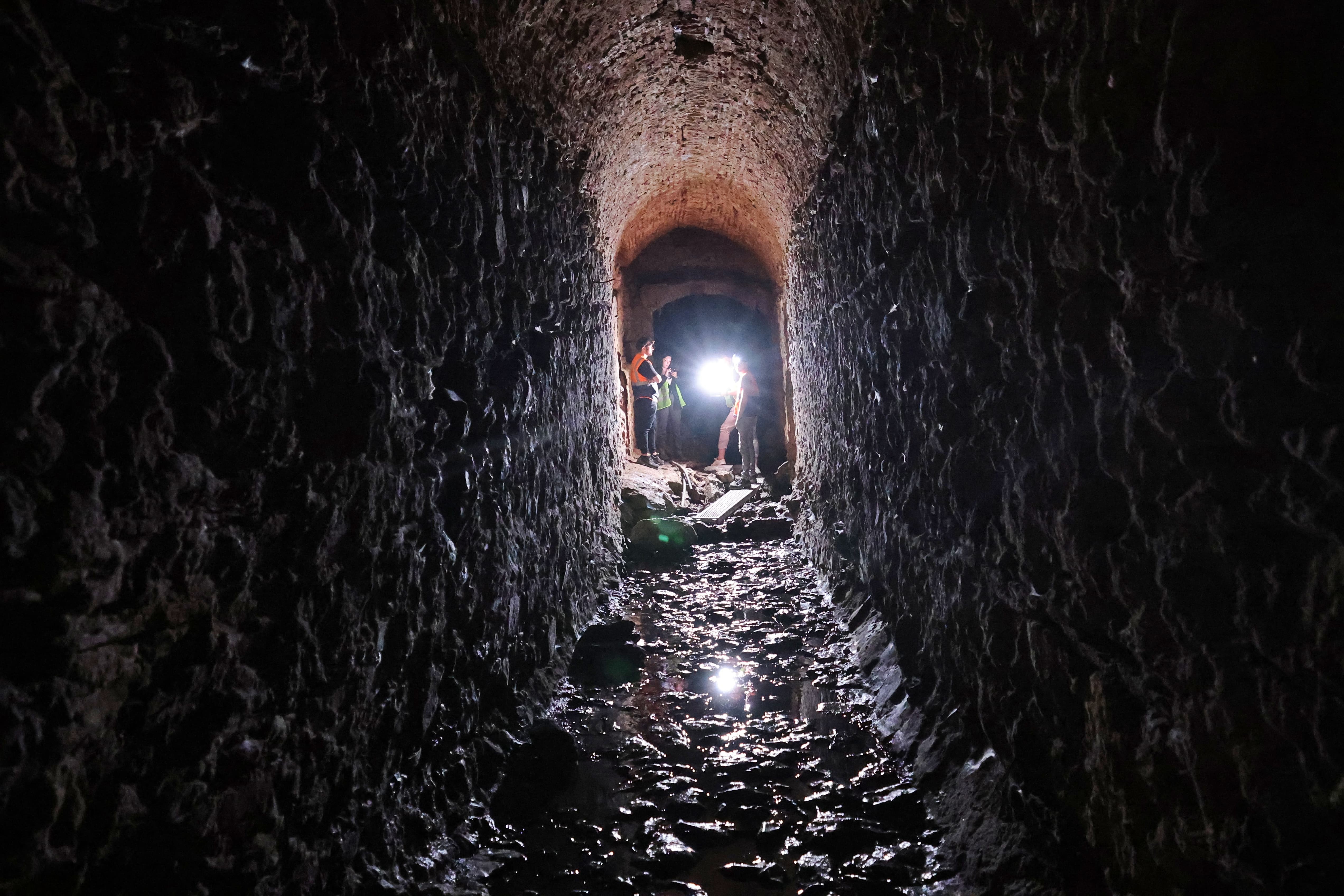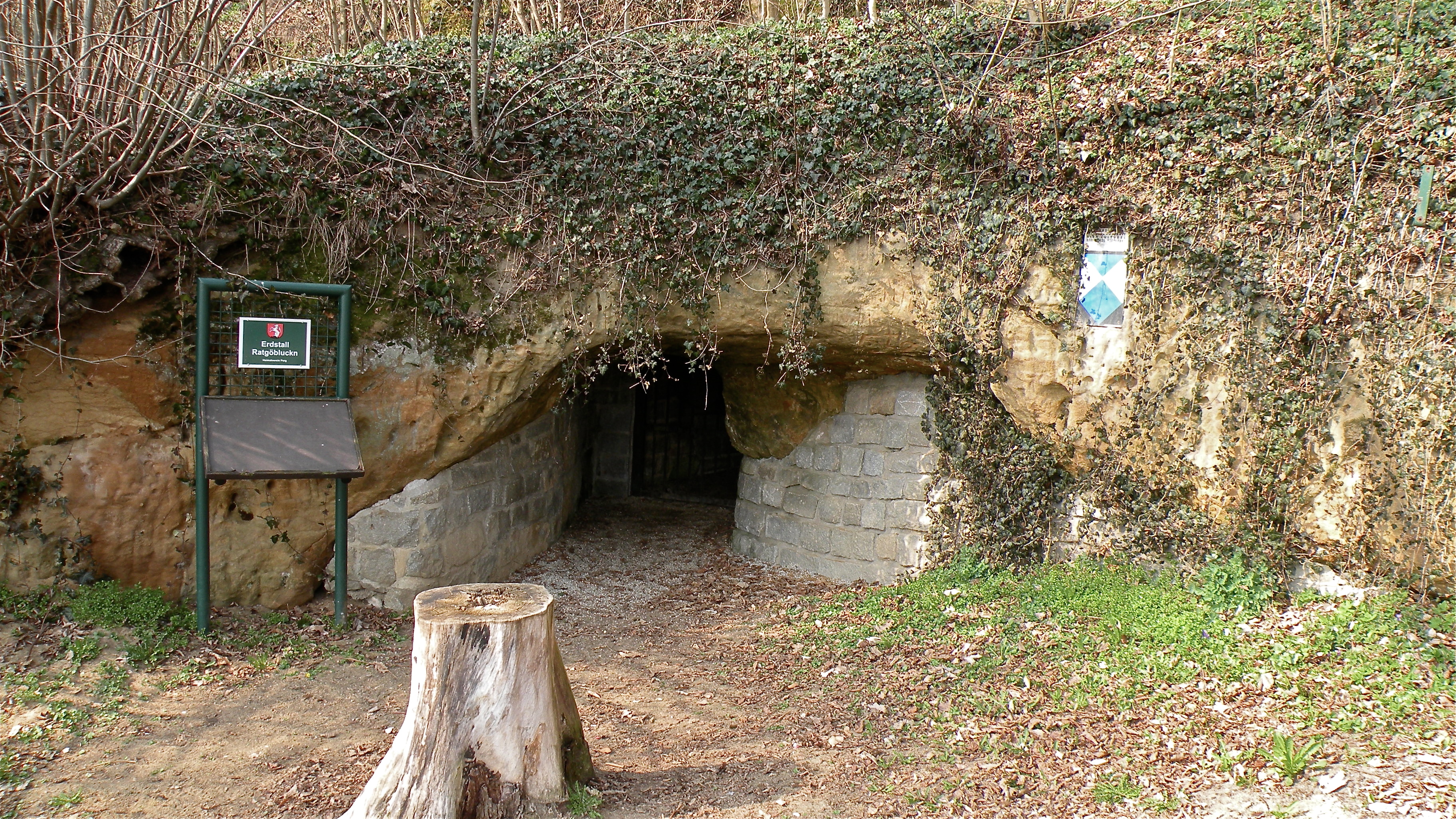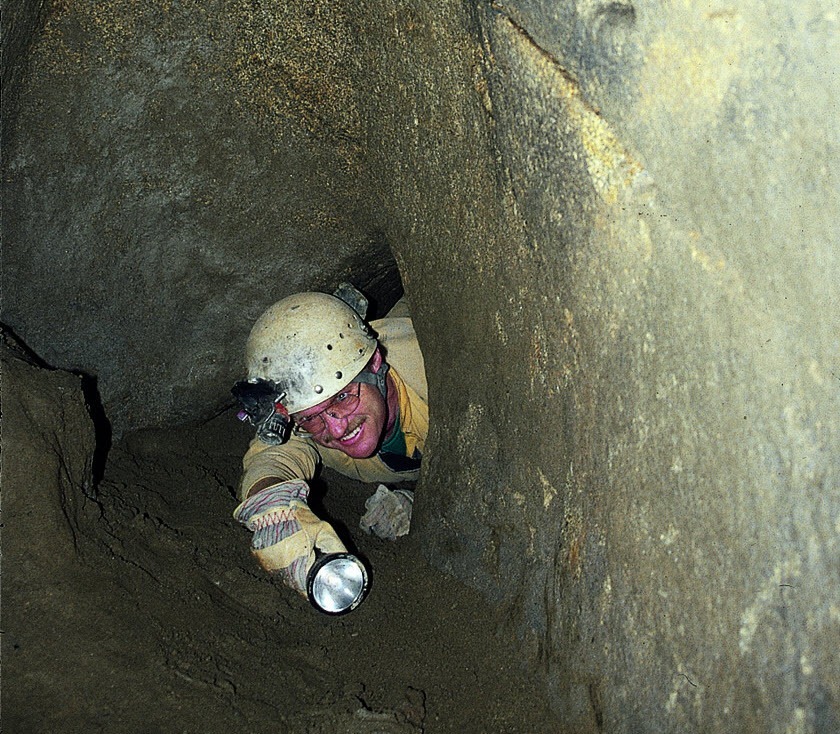Fact check: No tunnel connecting Istanbul to Scotland

The Istanbul Metropolitan Municipality Heritage team, currently restoring Istanbul’s Rumeli Hisari, a magnificent fortress overlooking the Bosphorus, stumbled upon a tunnel structure beneath the fortress on the 571st anniversary of the city’s conquest by Sultan Mehmed II.
Rumeli Hisari stands as a testament to Istanbul’s rich history, boasting nearly 600 years of architectural wonder.

Recenty discovered tunnels in Rumeli Hisari, Istanbul, May 29, 2024 (Source: IHA)
Archaeologist Heinrich Kusch has long theorized about the existence of vast Erdstall tunnel networks across Europe. Kusch’s book, “Secrets of the Underground Door to an Ancient World,” details findings of these tunnels in Bavaria and Styria, and proposes the possibility that the network extends as far as Türkiye.
“The fact that many of these tunnels are still standing after as long as 12,000 years is proof that the original tunnel network was enormous,” Kusch writes in his book.
“We found 700 meters of these underground tunnels in Bavaria, Germany alone, and 350 meters in Styria, Austria,” he said, adding that the idea that the Erdstall tunnels extended to Türkiye emerged in 2011.
It’s important to note that fact-checking websites like Snopes have disputed the claim about Erdstall tunnels being an extensive, ancient network. They classify the claim as “mixed.”

Entry to the Erdstall Ratgobluckn in Perg, Austria (Source: Pfeifferfranz/Wikipedia)
The analysis published on the website confirms the existence of mysterious tunnels in many parts of Europe but states that the claim that the tunnels extend from Scotland to Türkiye is not true.
Publications like the Daily Mail and Der Spiegel have previously covered Kusch’s claims about a 12,000-year-old tunnel network. Notably, there are discrepancies between the claims published in Der Spiegel in 2011 and those in more recent reports from dailymail.co.uk and Turkish sources.
Recent reports have highlighted errors in translations and interpretations of news about mysterious tunnels in Europe. Allegations in Turkish news sources appear to be a misinterpretation of an article published in Der Spiegel.
The Der Spiegel article begins with the story of a farming family in rural Germany. Near their home, an elderly couple discovered part of Europe’s largest man-made cave system. The article describes the experiences of the team that explored the cave and mentions similar caves found from Spain to Hungary, noting that the reasons for their construction remain unknown.
Kusch claims these tunnels are 5,000 years old, not 12,000. However, Der Spiegel points out that Kusch’s claims are also suspect. According to Matthias Schulz, the author of the article, all tests conducted so far to determine the age of the tunnels indicate they were built in the Middle Ages.

A horizontal slip hole, Josef Weichenberger/Wikipedia
‘Tunnels extend to Türkiye’ claim
The article in Der Spiegel cites the claim of Josef Weichenberger, an architect who has done academic work on the Erdstall tunnels. According to Weichenberger, the tunnels were dug by people who arrived in the region in the 11th century and were used in the 1700s to protect against looting by Ottoman-backed Hungarian rebels.
The article points out the flaws in this claim. However, the claim of tunnels from Scotland to Türkiye may be based on a misinterpretation of this data.
The claim that tunnels extended from Scotland to Türkiye was first mentioned in a news article published on express.co.uk on Aug. 3, 2011. According to the report, Kusch told the Austrian Times that the tunnels are 12,000 years old, that there are 700 meters long tunnels in Bavaria and 350 meters long tunnels in Styria, and that the tunnels extend from Scotland to the Mediterranean Sea.
However, it is not possible to verify Kusch’s claims as quoted by express.co.uk, as the link to the Austrian Times article leads to the same page. There are excerpts purportedly from Kusch’s remarks to the Austrian Times in 2011. But the fact that the sources cited in the book include the Daily Mail, a website notorious for publishing false news, calls into question the reliability of the other sources cited.
Science teams do not return emails for confirmation
The Erdstall Survey Working Group, the Society for Archeology in Bavaria and Cultural and scientific treasures of Bavaria have not responded to email inquiries since 2017 about whether the claims that the tunnels are 12,000 years old and extend from Scotland to Türkiye are based on concrete evidence.
Even if the claims that the Erdstall tunnels extend uninterruptedly from Scotland to Türkiye and are 12,000 years old are not true, it is not really known for what purpose the tunnels were dug.



